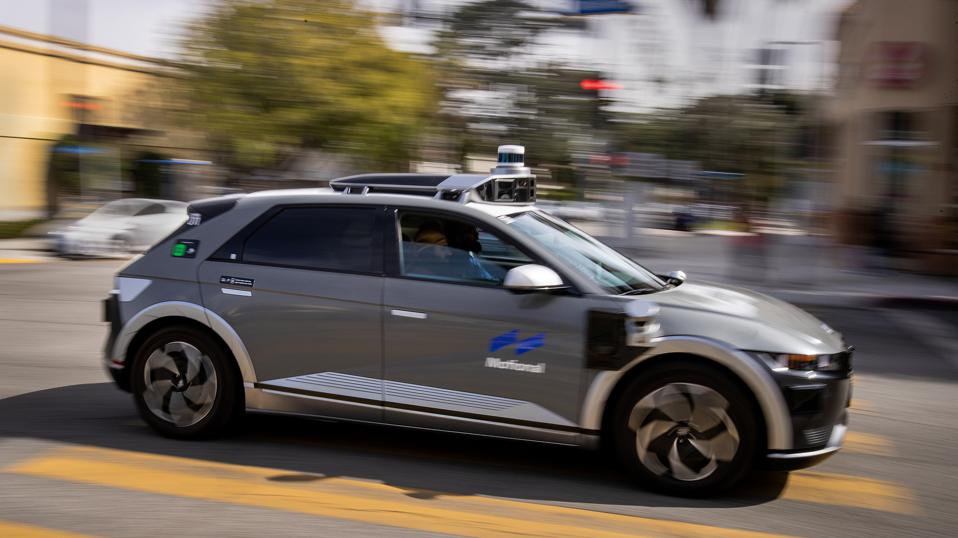Roughly 68% of Americans say they’re afraid of self-driving cars, according to a new poll by AAA, a huge jump from 2022 when 55% of Americans said they’re afraid of the nascent technology. Just 9% of Americans say they “trust” self-driving cars, while 23% of respondents to the poll said they were “unsure.”
“We were not expecting such a dramatic decline in trust from previous years,” Greg Brannon, director of automotive research at AAA, said in a statement published online. “Although with the number of high-profile crashes that have occurred from over-reliance on current vehicle technologies, this isn’t entirely surprising.”
There’s also a lot of confusion about what’s currently possible with self-driving technology from brands like Tesla, which calls its beta software “Full Self-Driving,” despite the fact that it’s expressly not that. As AAA points out, roughly 10% of Americans polled believed self-driving technology currently allows drivers to sleep while the robots take the wheel.
But even if Americans don’t really trust self-driving cars, it doesn’t seem like those fears will matter, since companies continue to push the limits of self-driving tech. For example, Waymo announcing a new program this week to unleash its driverless vehicles on the streets of Santa Monica. Previously, a human driver was sitting in Waymo’s cars in the L.A. area, but humans will no longer be behind the wheel when the self-driving cars wander the streets of Santa Monica.
Humans have been waiting on self-driving cars for decades, with plenty of promises from large companies that it was just over the horizon. In the 1950s, one popular ad showed a family of the future enjoying a board game, completely ignoring the road because their car did all of the driving.
And the midcentury Sunday comic strip Closer Than We Think promised a “Magic Beam Highway” in the future, which would become the safest way to travel.
“Guidance strips and loops in the pavement receive electric impulses which are picked up electronically by a control box in your car. The impulses regulate speed, braking and obstacle detection—so the car can be guided automatically, without possibility of accident,” the comic strip declared.
The problem with today’s self-driving cars, of course, is that they’re not talking with the smart highway in the way that people of 70 years ago imagined. They’re not even talking to highways using methods that were imagined in the 1990s. And that’s because car companies have wanted to build their cars without a need to talk with anything electronic embedded into the road, for better and for worse.
In fact, when Darpa tried to build a self-driving car in the 1980s, it worked just fine a test track until it encountered one major obstacle: Snow. It shouldn’t be a surprise then that snow is still a pesky problem. And it’s just one more reason people will likely remain skeptical of self-driving vehicles for years to come—even as they continue to arrive on U.S. streets with more frequency.

